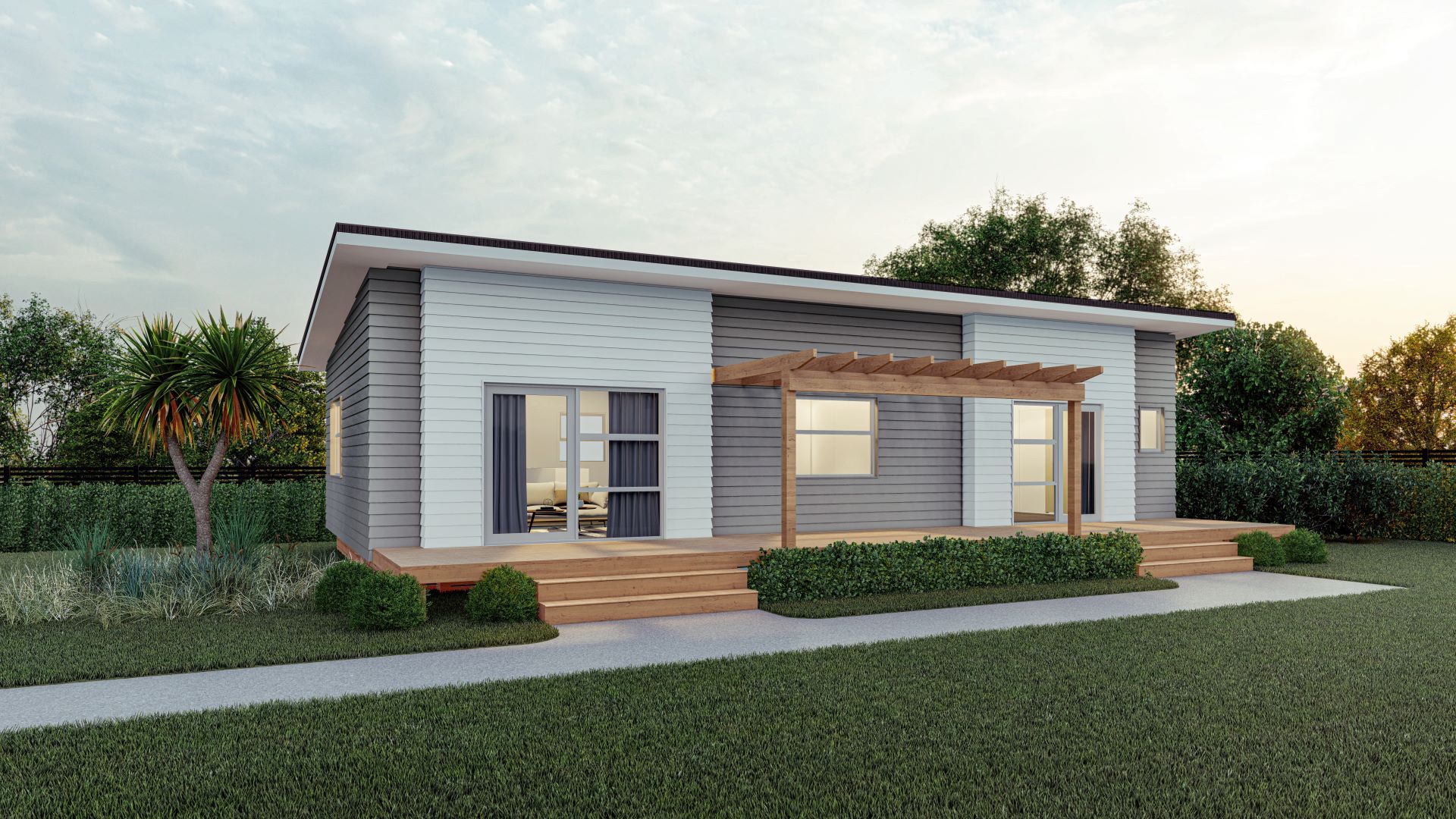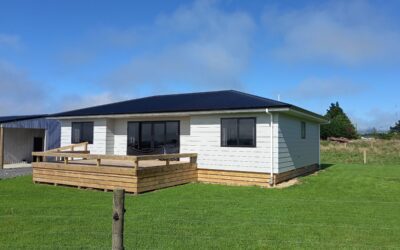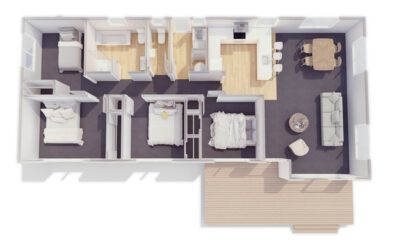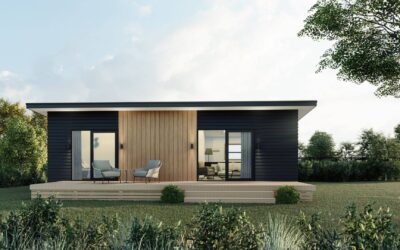History of transportable homes in New Zealand
‘Prefabricated’ sounds like a modern, technical term doesn’t it? Either that, or you think of the prefab classrooms of your youth!
But would you be surprised to learn that prefabricated transportable homes have been around in New Zealand since the early settlers?
Wondering what we mean by prefabricated? It’s when all, or substantial parts, of a house or building are made off-site and transported and installed at their final location. It also covers the terms prebuilt, modular and transportable.
So where did it all start? And does prefabrication have a future?
Read on…
1800’S – EARLY SETTLER COTTAGES
Prefabricated housing in NZ dates right back to the early European settlers who imported panelised housing kits from the United Kingdom. Many of New Zealand’s founding houses were prefabricated to some extent. The Treaty House, was brought from Sydney as a pre-cut frame with fittings and most materials. And the Auckland Governor’s house was prefabricated in England – all 16 rooms of it!

1880 – 1930’S – RAILWAY AND STATE HOUSING
The New Zealand Railways Department was the first major producer of prefabricated housing as early as the 1880s.
From the 1920s components for Railway Houses were produced in a factory at Frankton. The factory could produce components for a house in a day and a half. These were transported by rail around the North Island. Assembly on site took two people two weeks. The Railways Department produced around one-thousand-six-hundred houses over a six-year period in this manner.
By July 1937, the first state houses were revealed in Miramar, Wellington. The State Housing programme utilised standard products, pre-cut framing and unlined wall panels made in joinery factories and trucked to site. The combination of pattern-book designs, use of unskilled labour and pre-cut prefabrication techniques enabled the State Housing Scheme to become one of the most successful public housing schemes in the world.

1940 – 1960 – THE WAR YEARS AND BEYOND
Hydro-electric schemes used prefabrication techniques so they could easily erect and shift worker housing from one scheme to another. Combinations of construction, transportation and relocation were used throughout the 1940s to1970s to house workers around NZ.
The Ministry of Works set up a carpentry workshop at Otematata to build 250 houses on a production line. Other housing was provided by contractors such as Keith Hay Homes, Martin Homes and De Geest Brothers Construction. The government’s investment in housing enabled businesses such as these to flourish.

THE SCHOOL PREFAB
Remember school prefabs? Relocatable classrooms were used by the Ministry of Education through the population boom period post-World War Two. In those years school prefabs made up to eighty-five percent of floor space built each year.
The relocatable prefabs were made of light-timber construction and clad with asbestos cement panels and corrugated iron roofing. They were estimated to cost fifty to seventy-five percent less than permanent buildings and were cost effective to move and reuse.

1970’S TO TODAY – HOUSEHOLD NAMES
Keith Hay Homes, Conecta and Lockwood were three companies that survived the late 1970s economic recession.
Keith Hay pioneered Keith Hay Homes in 1949 when he began relocating second-hand buildings. Hay began using pine instead of native timber to speed up production processes, as well as cutting labour costs, and incorporating new plastics and other innovative materials.
Lockwood emerged in the 1950s as a solid timber component-based system. They grew their reputation with architect-inspired ranges, franchises and strong show-home marketing.

THE FUTURE
Today there are many firms offering quality prefabricated homes at affordable prices. A focus on sustainability in modern construction has brought a wave of renewed interest in prefabrication. Why is prefabrication seen as sustainable? The key drivers are the standardisation of parts and minimising of materials, building in controlled environments and increasing efficiency. New and innovative materials, designs and construction methods are being trialled here in NZ and around the world.
Sustainable, affordable, accessible: Could prefabricated housing be part of the solution to our current housing crisis?
History shows it has certainly helped is the past!
Food for thought.

Source: Most of the information for this article was sourced from: Bell, P (2009). Kiwi Prefab: Prefabricated Housing in New Zealand. An historical and contemporary overview with recommendations for the future. (Masters Thesis) Victoria University.
Check out some more helpful blogs below
Why a Transportable Home is the Perfect Farm Accommodation
Farmers and rural property owners often face the challenge of providing comfortable, cost-effective accommodation for workers, family members, or guests. A transportable home from Ezyline Homes is an ideal solution for farm accommodation, offering...
Benefits of an Offsite Build
In recent years, transportable homes have gained popularity as a cost-effective, high-quality, and customisable housing solution. With rising property prices and increasing demand for sustainable living, more people are discovering the benefits of...
Future-Proofing Your Granny Flat for Accessibility
As the demand for accessible housing continues to grow, future-proofing your transportable home ensures that it remains functional, comfortable, and adaptable for all stages of life. Whether for aging in place, accommodating family members with...
Keep up-to-date with what’s happening at Ezyline Homes, as well as relevant industry news.
Ready to take the next step?
Stay in the loop
Keep up to date with what’s happening at Ezyline Homes



